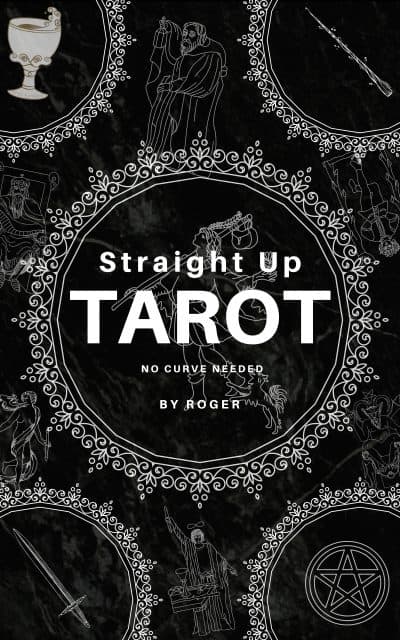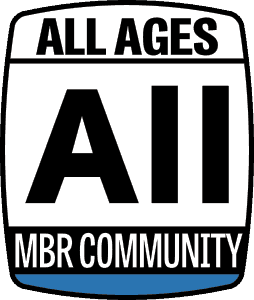Description
Straight Up Tarot No Curves is a comprehensive guidebook that provides readers with a deep understanding of tarot and how to read tarot cards. The book covers various aspects of tarot, from its history to its connection with the occult and the different spreads that can be used in readings.
The first section of the book is devoted to explaining what tarot is and where it came from. The author explains that tarot has its roots in the Mamluk playing cards and how it evolved over time to become the deck we know today. The section also highlights the differences between tarot, oracle, angel, and Le Normand cards. It is essential to understand the differences between these card types to be able to use them effectively in readings.
The second section focuses on the use of tarot for divination and fortune-telling. The author emphasizes the importance of ethics when reading tarot cards and provides guidelines for readers to follow to ensure that their readings are ethical and respectful.
The third section of the book explores the connection between tarot and the occult. The author provides an overview of Kaballah and Golden Dawn, two systems that are closely associated with tarot. The chapter explains how these systems can be used to deepen one’s understanding of tarot and how to use them in readings.
The fourth section provides practical advice on how to shuffle tarot cards. The author explains the different shuffling methods that can be used and provides suggestions on how to connect with the cards before a reading. It is essential to shuffle the cards properly to ensure that the reading is accurate and unbiased.
The final section of the book covers various spreads that can be used in readings. Each spread is explained in detail, including how to interpret the cards and what they might mean in different contexts. The spreads covered in this section include the daily guidance card, finding one’s soul mate, tarot paths on the tree of life, improving one’s love life, similarity readings, and money magic.
Overall, Straight Up Tarot No Curve is an excellent resource for anyone interested in tarot and how to use it for divination. The author provides clear explanations of the history and evolution of tarot, as well as practical advice for reading the cards. The section on ethics and the connection between tarot and the occult are particularly insightful and provide a deeper understanding of the practice.
One of the strengths of this book is its focus on different spreads that can be used in readings. The author provides detailed explanations of each spread, including how to interpret the cards and what they might mean in different contexts. This is particularly helpful for readers who are new to tarot and may not be familiar with different types of spreads.
The book also emphasizes the importance of ethics when reading tarot cards. The author provides guidelines for readers to follow to ensure that their readings are ethical and respectful. This is an essential aspect of tarot reading and is often overlooked in other resources.
One potential weakness of the book is that it assumes some prior knowledge of tarot. While the author does provide an overview of tarot and its history, readers who are completely new to tarot may find some aspects of the book challenging to understand. However, this is a minor issue, and most readers should be able to follow the material with some effort.
In conclusion, Straight Up Tarot No Curve is an excellent resource for anyone interested in tarot and how to use it for divination. The book provides a comprehensive overview of tarot, including its history, ethics, and different spreads that can be used in readings. Overall, this is a highly recommended resource for anyone interested in tarot.





Comments